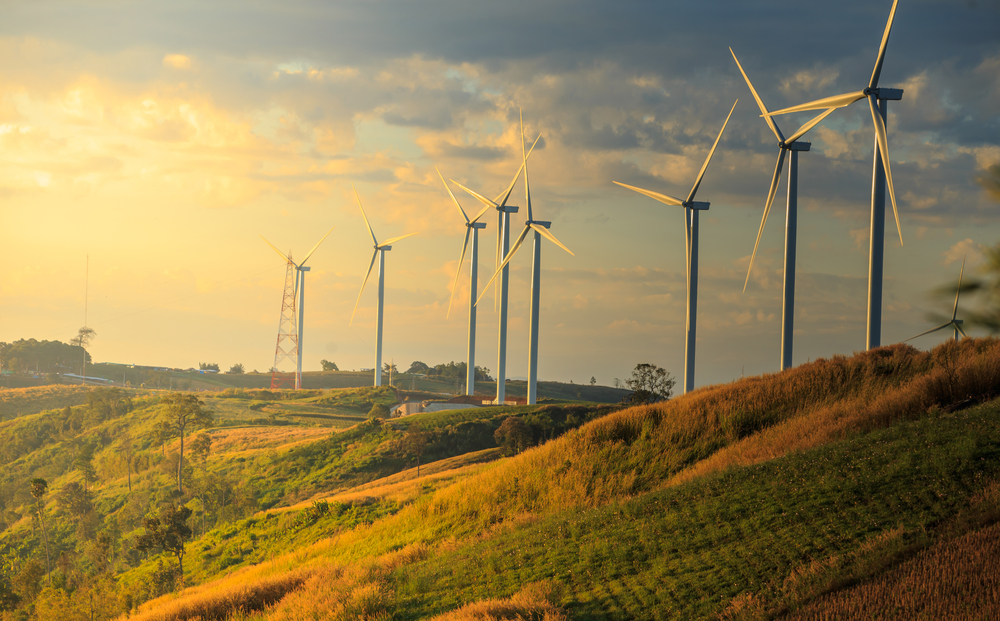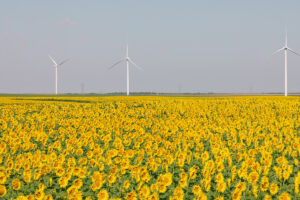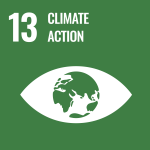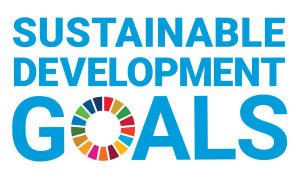Location, Location, Location: WattTime uses AI & data to determine best places to source clean energy

How clean is your clean energy? That’s a question many large organizations and corporations grapple with as they decide where to source their energy. The answer – surprisingly – depends not just on how the energy is generated, but also where it’s generated. WattTime, a California-based non-profit has developed a novel data- and AI-driven approach to helping figure out the best locations.
One major thread of WattTime’s work centers around a new climate action concept called “emissionality,” which involves building renewable energy in places that have the highest avoided emissions. A growing list of organizations, from Boston University and Salesforce to Nucor and Clearloop, are adopting emissionality as part of their renewable energy procurement. A grant from the Patrick J. McGovern Foundation is supporting WattTime’s work on emissionality and their continued research and public outreach on lowering emissions.
“What we’ve come to understand,” Gavin McCormick, co-founder and executive director of WattTime, explains, “is the importance of location. If you add a wind farm in West Texas where there are already a lot of wind farms, that doesn’t have the same benefit as building a solar farm in a place where it is going to displace a coal-fired power plant.”
That’s because a newly built solar plant that replaces a coal plant does two things: it adds more clean energy to the power grid, and it eliminates of the emissions from the coal plant. This latter benefit is known as “avoided emissions” – those grid emissions that didn’t happen because clean renewable generation replaced dirty fossil-fueled generation.
Empowering better choices
Take Boston University as an example. In its Climate Action Plan, the University set a goal of having net-zero emissions by 2040. BU faced the question of how to most effectively leverage its climate action investments to achieve deeper, faster emissions reductions enroute to its net-zero by 2040 goal. When it came to renewable energy procurement, that brought forward an interesting question: Would it be better to source renewables locally in New England where BU is located, or to look to other regions of the country where its renewable energy investments might yield greater avoided emissions benefits for the grid?

BU decided to buy electricity from a wind farm planned in South Dakota. Emissionality was a primary factor in this decision, according to university officials, who noted that compared to New England, the power grid in the Midwest relies more heavily on fossil fuels than New England’s. The wind farm, according to B.U. Sustainability, “will realize 2–3 times greater avoided emissions than a project in New England due to the larger percentage of green power already in the ISO-New England electrical grid.”
WattTime validated this choice by using “emission profiles.” To create these profiles, WattTime takes historical and real-time data from power grids, usually three years’ worth, and runs the data through algorithms to create annual hourly profiles for each month.
“This gives us a better understanding of how individual grids respond to changes in demand for power,” McCormick says. “This close-up view is far better than the old school approach of using lump sum, aggregated data that only paints an annualized picture of a power grid.”
The outcome, says Dennis Carlberg, Associate Vice President of Sustainability at Boston University: “This one project is designed to reduce our carbon emissions by 53%, matching 100% of our electricity usage, but we are leveraging this investment to impact global emissions reductions by a factor of two to three.
“For BU,” Carlberg said, “it was critically important to find a project that was not only a new project that added renewable energy to the grid, but also one that leveraged our investment to maximize our displacement of the most carbon intense power generation. With the help of researchers at Carnegie Mellon University and WattTime, we were able to find the right project to meet our goals.”
Data-driven approach
This sophisticated use of data analytics is at the heart of WattTime’s approach. It collects data from a range of sources, among them:
- hourly CO2 mass emissions, heat inputs, and steam and electricity outputs from the U.S. Environmental Protection Agency;
- wind production data from the National Renewable Energy Laboratory (NREL);
- operational data from local power grids like ISO New England; and,
- solar production data come from NREL.
A paper published in the Journal of the Association of Environmental and Resource Economists explains the math behind how WattTime estimates key factors including: regional variations in emissions, the economic significance of avoiding emissions, and the technological costs of avoiding emissions. In other words, WattTime is enhancing existing data by applying new analyses.
For the WattTime team, one of the exciting things about applying artificial intelligence and machine learning to climate action and emissions reductions, is that as the software algorithms “train” on more and more data, they also get smarter, making more-effective solutions possible.

“What we have come to understand is the importance of location. If you add a wind farm in West Texas where there are already a lot of wind farms, that doesn’t have the same benefit as building a solar farm in a place where it is going to displace a coal-fired power plant.”
–Gavin McCormick
WattTime Executive Director
Mission and impact
In 2013, McCormick was a graduate student at the University of California Berkeley when he asked himself: “How clean is the electricity I’m using right now?”
It started as an academic exercise. To come up with an answer, McCormick and dozens of software coders participated in a hackathon. But as answers emerged, the question became an intensely practical one with real-world significance.
In 2014, McCormick co-founded WattTime as a nonprofit, instead of a tech start-up, so that the organization could focus on its mission and on having an impact. Since then, 200+ volunteers across disciplines have contributed their skills and talents, backed by the work and participation of PhDs and researchers from the University of California, Berkeley, and Carnegie Mellon University.
Last year, McCormick was named to the Environment+Energy Leader 100 list recognizing “those environment and energy ‘doers’ who break trail in creating new solutions, programs, platforms, best practices and products to help their companies—or other companies—achieve greater success in commercial and industrial environment and energy management.”[PB3] He was also a 2018 finalist for the Pritzker Emerging Environmental Genius Award.
WattTime has continued to grow. In 2017, the organization became a subsidiary of RMI, a nonprofit organization that “works to transform global energy systems across the real economy.” In 2018, WattTime received a grant from the Great Lakes Protection Fund to reduce the amount of mercury emissions — which are also a byproduct of coal plants – that are released into the Great Lakes. And in 2019, WattTime launched a Google-funded project to measure power plant emissions using satellite imagery.
All these projects support a common conclusion: gathering and crunching key data can make devices and humans much smarter about cleaner energy use.
The decisive decade

The world has been grappling with climate change and emissions for decades. In 1994, the United Nations Framework Convention on Climate Change was enforced at a time when, to put it mildly, “there was less scientific evidence than there is now.” The treaty emerged from 1992’s Earth summit, and it called on the industrialized countries that were heavy producers of emissions to take the lead on reducing them.

Over the years, there has been progress. According to the United States Energy Information Administration, after nearly 20 years of steady emissions increases, energy-related CO2 emissions have been dropping about 1.3% per year. Still, U.S. emissions in 2019 were almost 2 percent greater than in 1990.
Globally, the 2020-2030 decade is widely seen as decisive because we need to swift, bold action (and emissions reductions) to avoid the worst effects of climate change. The United Nations Sustainable Development Goal 13 calls for “urgent action to combat climate change and its impacts,” and has called for the world to reach net-zero emissions by 2050.
The next step, from McCormick’s perspective, is making even more data-based progress by encouraging more energy users as well as utilities and government entities to adopt emissionality. “It’s a tool that can be used to ensure that decision-making doesn’t occur in a vacuum,” says McCormick. “We believe that by empowering people with this information, they are better positioned to choose the cleaner energy options.”


